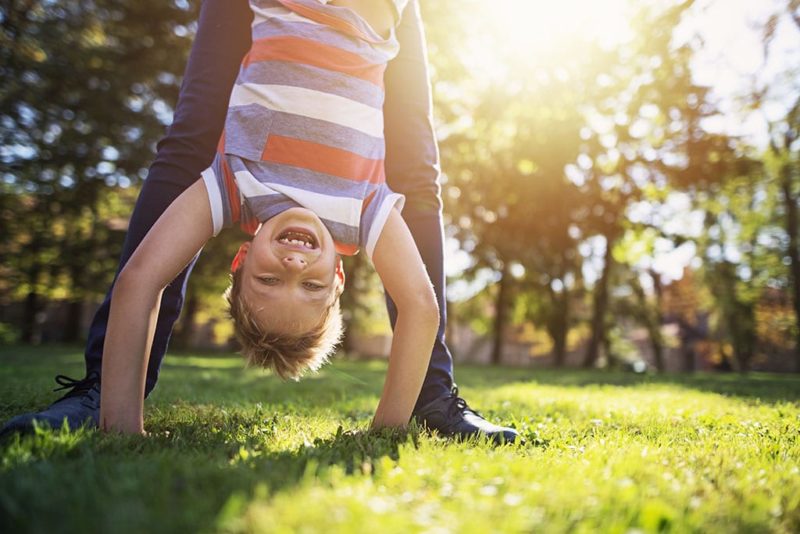How does your child know how they are feeling when they are playing with peers, with family or by themselves?
As humans, we experience a huge range of emotions: happiness, sadness, frustration, worry, anxiousness, excitement, anger and just to name a few.
It’s important to understand how we feel, because it impacts how we respond to situations. But understanding our thoughts and feelings can be complex — for most of us, it’s something we continue to learn throughout life and well into our adulthood.
So, it’s no surprise many children find it hard to understand and distinguish between different feelings: do they feel frustrated, angry or maybe even excited? For kids, this can lead to them struggling to cope when they encounter change or any difficult or unexpected situation. This can affect children’s lives in many different environments: at home, school, extra-curricular activities and when they are playing.
So, you’re not alone if you are struggling to explain different feelings to your child and understand what can help them return to a calm and happy state.
It is important to recognise their feelings are normal: it’s not ‘wrong’ for them to be feeling a certain way and we can’t change the way they feel. However, we can help them recognise how they feel in the situation. Identifying how they feel can be a complex task and may take a while exploring this with your child.
How You Can Help Your Child
An effective way to explore emotions and feelings with your child is through a hands-on, play-based approach. Allowing children to learn through play helps to understand their emotions in a more concrete way. It can also help you identify what helps your child feel more calm or secure in different environments.
Here are some ideas to get you started:
Visualising Emotions
Create a feelings chart that visually represents different emotions. This could include different colours, characters or objects for various emotions (e.g. red for anger, Gru from Despicable Me for annoyance, rain clouds for sadness).
Then, when they are feeling a certain way, you can ask them to show you how they are feeling by selecting the emotion from your chart or characters to help them identify how they feel.
Worry Jar
If your child has anxious tendencies, get them to decorate their very own Worry Jar using pom poms. When they are worried they can write or draw their worry and place it in the jar.
Making Faces
Sometimes it can be very difficult for children to express their feelings and thoughts verbally, requiring another outlet. Explore emotions with different types of materials, such as Play-Doh, paper or felt to create faces. What kind of face does your child think matches the feeling happy or sad? Is it different to what you identify?
You can ask your child what kind of activities they can play that helps them have their own happy face. By exploring what make your child happy, enables you to have tools you can use when your child is upset or angry.
Animals and Character Embodiment
You can and help your kid express their feelings through colours and drawing, as well as using their favourite animals or characters to represent particular feelings. For example, maybe your child sees themself as a dragon when they are angry or a donkey (like Winnie the Pooh’s ‘Eeyore’) when they are sad.
Character Role Play
You can also explore their feelings through one of their favourite books or characters. For example, imagining how Peppa Pig may feel when her toy breaks and what she can do to feel better.
Your child could do this by acting out a scene / playing pretend, drawing or writing.
Incorporating Their Interests
With all of these activities, see if you can integrate them with their interests — whether that’s butterflies, martians or skateboarding.
Watch ‘Inside Out’
More of an idea for when you all need a break, but if you haven’t watched Inside Out with your kids, then it’s a great one for visually representing emotions and the importance of acknowledging and appropriately dealing with our feelings. (Plus, it’s a fun movie for adults too!)
With all of these, make sure everything you try with your child to explore thoughts and feelings are fun!
Helping your child understanding their feelings can take time, so try and be patient when trying different strategies, through time you’ll find what works best for your child.
We help lots of kids of different ages and stages with learning about their emotions and how to deal with them in a healthy way. If you have any questions or are interested in seeing how we can help your child, please contact us or talk directly to your child’s Occupational Therapist.
We also regularly run Social Skills and Self-Regulation holiday groups for primary-aged children, which are helpful for kids who struggle with identifying and dealing with their feelings.


